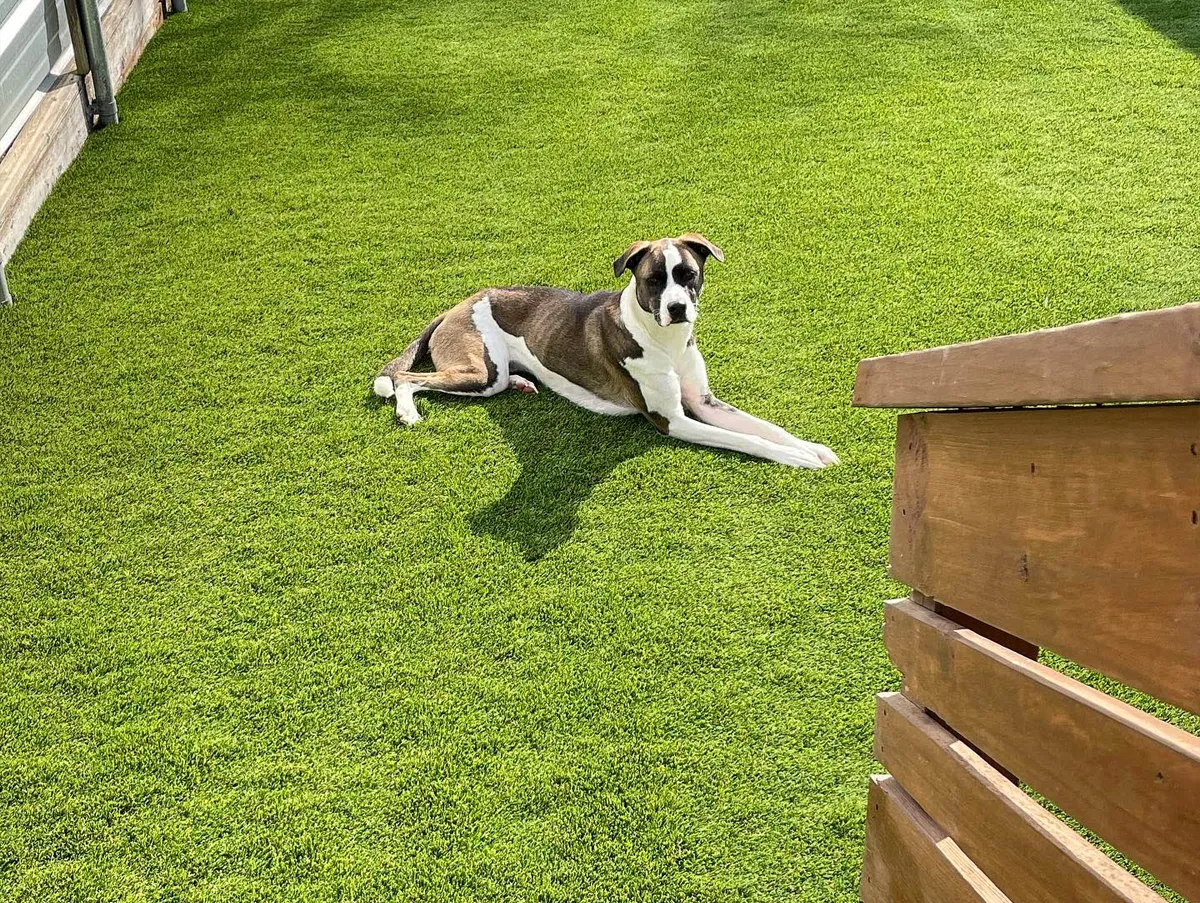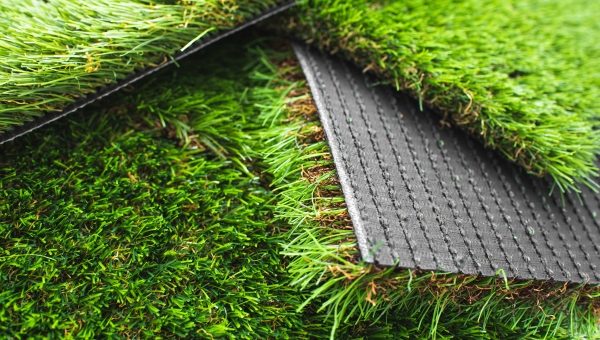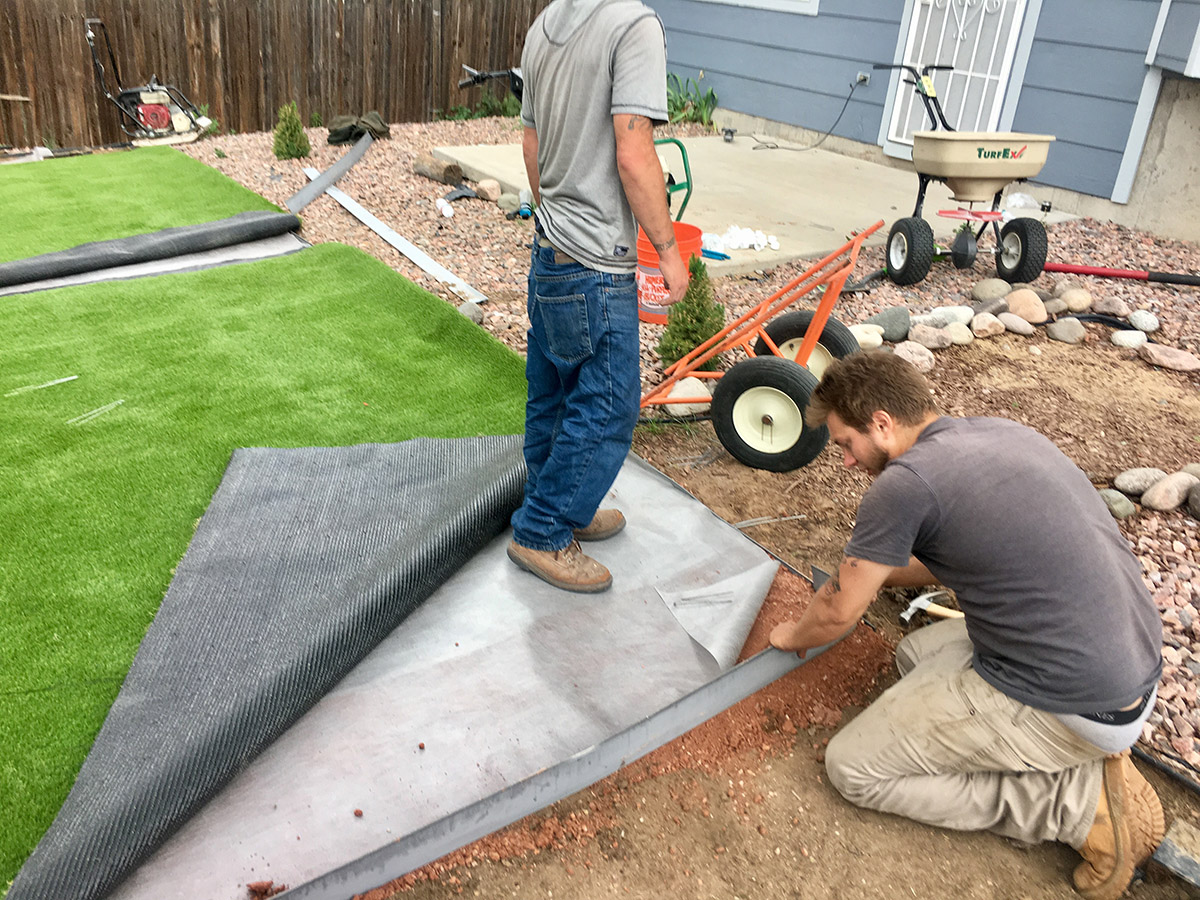Experience a Perfect Lawn with Arizona Artificial Turf for Any Outdoor Space
Experience a Perfect Lawn with Arizona Artificial Turf for Any Outdoor Space
Blog Article
Look Into the Environmental Benefits of Opting for Synthetic Grass Solutions
The adoption of man-made grass services offers an engaging chance to address pushing ecological difficulties. By dramatically minimizing water use and minimizing the application of harmful chemicals, these choices not only advertise lasting landscape design but additionally safeguard neighborhood ecosystems.
Water Conservation Advantages
Among one of the most significant benefits of synthetic grass is its capability to save water. Typical lawn yards call for significant watering, specifically in areas prone to drought or water constraints. On the other hand, synthetic grass does not need watering, dramatically reducing the overall need for water resources. This function is especially valuable in arid areas where water shortage is a pressing concern.
By getting rid of the need for regular watering, synthetic grass adds to sustainable landscape techniques and helps mitigate the ecological effect of too much water intake. Moreover, the conservation of water encompasses the reduction of drainage, which can cause dirt disintegration and waterway air pollution.
Additionally, the setup of artificial grass permits municipalities and property owners to assign water sources much more successfully, concentrating on essential usages such as drinking water and agriculture. The shift towards synthetic grass not just advertises accountable water usage however likewise lines up with more comprehensive ecological objectives aimed at preserving natural deposits.
As areas significantly prioritize sustainability, the water preservation advantages of fabricated grass provide a compelling situation for its adoption in business and property landscaping projects.
Reduced Chemical Use
The change to synthetic grass substantially reduces the reliance on chemical treatments generally made use of in all-natural lawn upkeep. Traditional lawn administration commonly entails the application of herbicides, plant foods, and chemicals to promote development and control insects. These chemicals can pose threats to human health and wellness, local wildlife, and the environment, adding to soil and water contamination.
In contrast, fabricated lawn removes the need for these damaging substances. By lessening the launch of synthetic substances right into the ecosystem, man-made turf advertises much healthier dirt and water systems.
Moreover, the lack of chemical overflow linked with artificial turf setups aids shield neighborhood rivers from pollution, supporting aquatic life and maintaining biodiversity. Turf installation phoenix az. As neighborhoods progressively focus on sustainable methods, choosing synthetic grass presents a viable service that aligns with environmental preservation goals. With this shift, homeowner can take pleasure in rich green rooms without jeopardizing eco-friendly health and wellness, leading the method for a more lasting future
Reduced Carbon Impact

In addition, the installment of synthetic grass can result in considerable water preservation. All-natural grass require substantial quantities of water for watering, which not just contributes to the carbon footprint connected with water removal and treatment yet likewise strains regional water sources. In contrast, synthetic grass requires marginal upkeep, calling for no watering, thereby dramatically decreasing water use and its connected energy expenses.
In addition, the long life of synthetic grass adds to its reduced carbon impact. With a life expectancy of as much as 15 years or even more, the requirement for frequent substitutes is diminished, causing much less waste and lower power intake in manufacturing and taking care of traditional lawn choices. In general, fabricated turf presents a lasting choice for environmentally conscious landscape design.
Habitat Conservation
Environment preservation is an essential factor to consider in the argument over landscaping options, particularly when contrasting fabricated grass to all-natural grass. All-natural turf yards usually call for comprehensive upkeep, including using herbicides, plant foods, and read here chemicals, which can adversely affect regional communities. These chemicals can leach right into the dirt and waterways, harming native vegetation and fauna and interfering with local habitats.
In comparison, synthetic turf offers an opportunity to minimize the ecological impact of landscaping. By going with artificial turf, house owners can lessen the disturbance of natural environments connected with traditional lawn treatment methods. Artificial grass eliminates the need for dangerous chemicals, consequently shielding close-by wild animals and preserving the stability of surrounding communities. The installation of fabricated lawn can lead to the conversion of previous turf locations into even more biodiverse landscapes, such as pollinator gardens or native plant areas, which can sustain neighborhood wildlife.
Ultimately, the shift to artificial lawn not only saves water and reduces maintenance efforts yet likewise cultivates a much more harmonious relationship between human tasks and the native environment, promoting environment preservation at the same time.
Long-Term Sustainability
Long-lasting sustainability is a crucial consider assessing the advantages of synthetic grass over typical grass yards. One of one of the most considerable advantages of fabricated YOURURL.com turf is its resilience; it can last approximately 15-20 years with minimal upkeep, whereas natural grass requires frequent reseeding and substitute. This longevity lowers the requirement for constant resources, such as water, fertilizers, and chemicals, which are necessary for keeping a healthy and balanced turf yard.
In addition, fabricated turf contributes to a decrease in carbon discharges connected with grass treatment tools. Standard grass usually call for gas-powered mowers, trimmers, and blowers, all of which add to air pollution. Phoenix turf companies. On the other hand, synthetic grass gets rid of the requirement for such devices, promoting a cleaner atmosphere
Moreover, the production of synthetic grass progressively uses recycled products, improving its sustainability profile. As makers adopt eco-friendly techniques, the ecological footprint of synthetic grass continues to decrease.

Conclusion
The fostering of synthetic grass services presents substantial environmental advantages, including considerable water conservation, lowered reliance on harmful chemicals, and a lower carbon impact. In addition, synthetic grass aids in preserving all-natural environments by decreasing land disturbance and advertising long-lasting sustainability with the use of durable materials. a knockout post Collectively, these factors underscore the possibility of synthetic grass to contribute positively to environmental wellness and provide a sensible option to traditional landscaping methods in a significantly resource-conscious world.
In comparison, fabricated turf does not need watering, considerably minimizing the overall demand for water resources. By decreasing the release of synthetic compounds into the ecosystem, artificial turf advertises much healthier soil and water systems.
Furthermore, the installment of artificial turf can result in substantial water preservation. In contrast, synthetic grass requires very little maintenance, needing no watering, consequently considerably lowering water use and its associated power costs.

Report this page